Growing Healthcare Expenditure
The gallbladder treatment market is poised for growth as healthcare expenditure in Germany continues to rise. With the government and private sectors investing more in healthcare services, patients are gaining better access to treatment options. In 2025, healthcare spending is projected to reach approximately €500 billion, reflecting a commitment to improving health outcomes. This increase in funding allows for the development of new treatment modalities and enhances the availability of surgical interventions for gallbladder disorders. As patients become more willing to seek treatment due to improved access and quality of care, the gallbladder treatment market is likely to expand, driven by this upward trend in healthcare investment.
Advancements in Surgical Techniques
Innovations in surgical techniques are significantly impacting the gallbladder treatment market. Minimally invasive procedures, such as laparoscopic cholecystectomy, have gained popularity due to their reduced recovery times and lower complication rates. In Germany, the adoption of these advanced surgical methods is on the rise, with hospitals increasingly investing in state-of-the-art equipment and training for healthcare professionals. This shift not only enhances patient outcomes but also encourages more individuals to seek surgical intervention for gallbladder issues. The market is likely to benefit from these advancements, as they may lead to an increase in the number of procedures performed annually, thereby expanding the overall market size.
Increased Focus on Preventive Healthcare
There is a growing emphasis on preventive healthcare in Germany, which is influencing the gallbladder treatment market. Public health campaigns aimed at educating individuals about the risks associated with gallbladder disorders are becoming more prevalent. These initiatives encourage lifestyle changes, such as improved diet and exercise, which may reduce the incidence of gallbladder diseases. As awareness increases, more individuals are likely to seek early intervention and treatment, thereby driving demand within the gallbladder treatment market. This focus on prevention not only aims to reduce the burden of disease but also promotes a proactive approach to healthcare, which could lead to a more sustainable market growth trajectory.
Rising Incidence of Gallbladder Disorders
The gallbladder treatment market is experiencing growth due to the increasing incidence of gallbladder disorders in Germany. Conditions such as cholecystitis and gallstones are becoming more prevalent, with studies indicating that approximately 10-15% of the population may develop gallstones at some point in their lives. This rise in incidence is attributed to factors such as obesity, dietary habits, and genetic predisposition. As more individuals seek treatment for these conditions, the demand for gallbladder-related medical services and interventions is likely to increase, thereby driving the market forward. Furthermore, the healthcare system in Germany is adapting to these trends by enhancing treatment protocols and expanding access to surgical options, which may further stimulate market growth.
Regulatory Support for Treatment Innovations
Regulatory bodies in Germany are increasingly supporting innovations in the gallbladder treatment market. Streamlined approval processes for new medical devices and treatment protocols are encouraging the development of advanced therapeutic options. This regulatory environment fosters an atmosphere of innovation, allowing healthcare providers to offer cutting-edge solutions to patients. As new treatments become available, the market is likely to see an influx of novel therapies that improve patient outcomes. The collaboration between regulatory agencies and healthcare stakeholders may further enhance the market landscape, ensuring that patients have access to the latest advancements in gallbladder treatment.



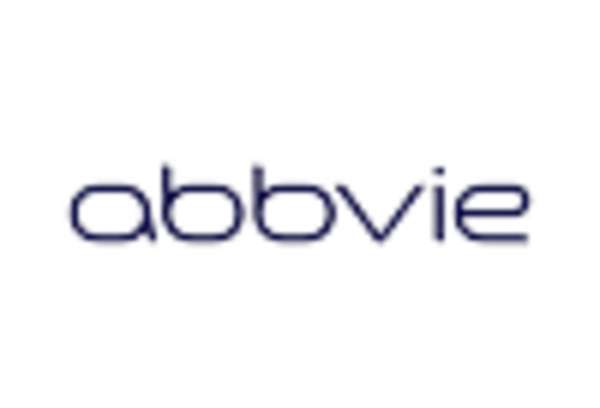
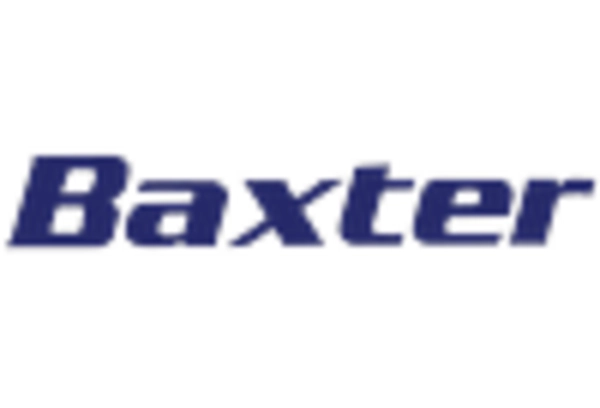
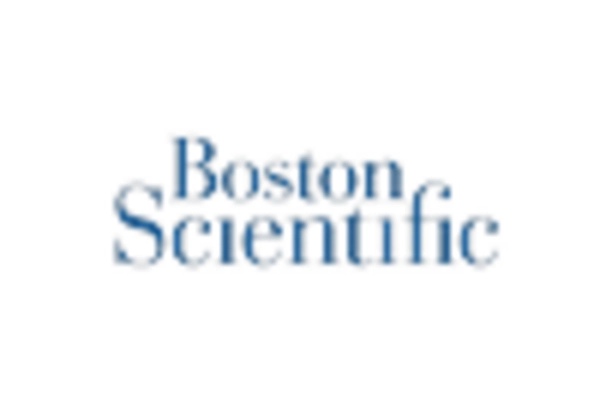
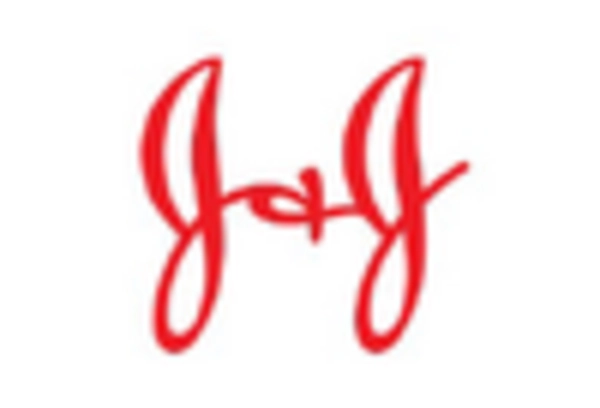
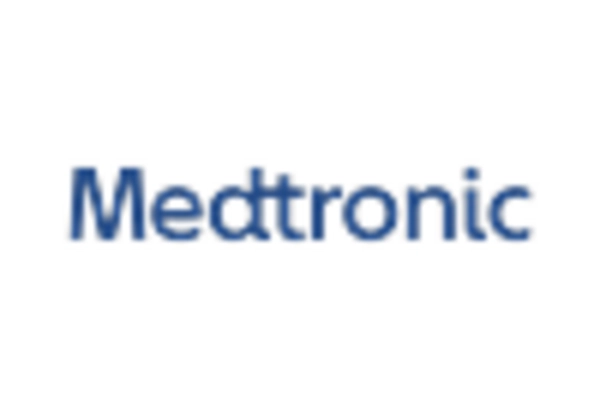
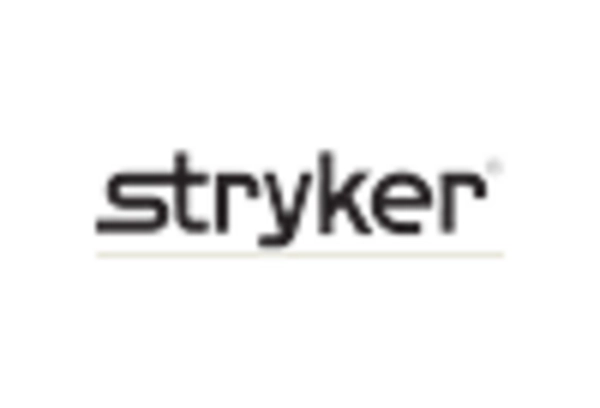








Leave a Comment